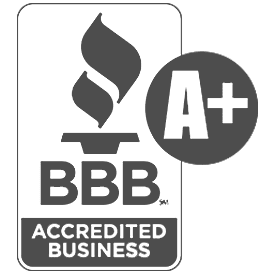Understanding 1031 Exchanges: A Real Estate Investor's Guide
For real estate investors looking to expand their portfolios or shift into different properties without the tax burden of capital gains, a 1031 exchange presents a powerful tool. This process, named after Section 1031 of the Internal Revenue Code, allows investors to defer taxes by reinvesting proceeds from the sale of an investment property into another like-kind property. In this guide, we’ll explore the essentials of a 1031 exchange and how it can benefit investors seeking to grow their real estate holdings.
What Is a 1031 Exchange?
A 1031 exchange, also known as a like-kind exchange, is a tax deferral strategy that permits real estate investors to sell one property and reinvest the proceeds into another similar, or like-kind, property. The primary benefit of this exchange is the ability to defer paying capital gains taxes on the sale, thus preserving more capital to reinvest.
Here’s how it works:
-
Sale of Original Property: Investors sell an investment property and place the proceeds into a qualified intermediary's hands (a neutral third party).
-
Identification of Replacement Property: Within 45 days of the sale, the investor must identify potential replacement properties that they wish to purchase.
-
Closing on New Property: The new property must be closed within 180 days of the sale of the original property.
Key Benefits of a 1031 Exchange
-
Tax Deferral: The most significant benefit is the ability to defer capital gains taxes, allowing investors to use all their proceeds for reinvestment.
-
Portfolio Diversification: It provides an opportunity to diversify by moving from one type of real estate investment to another, while maintaining tax-deferred status.
-
Compound Gains: By deferring taxes, investors can reinvest the entire amount from the sale, allowing for potentially greater returns in the future.
What Qualifies as “Like-Kind” Property?
In a 1031 exchange, the properties involved must be like-kind. This doesn’t mean they need to be identical but must be of the same nature or character. For example, you could exchange a rental property for a commercial office building, or even raw land for an apartment complex.
The IRS’s definition of like-kind is quite broad when it comes to real estate. However, personal-use properties (such as your primary residence) do not qualify for a 1031 exchange.
Rules to Follow in a 1031 Exchange
-
45-Day Identification Period: You must identify the replacement property within 45 days of the sale of the original property.
-
180-Day Exchange Period: The transaction for the replacement property must be completed within 180 days.
-
Qualified Intermediary: You cannot touch the proceeds from the sale; instead, the funds must go through a qualified intermediary.
-
Same Taxpayer Requirement: The same taxpayer who sells the original property must also purchase the new property.
Common Mistakes to Avoid
-
Failing to Meet Deadlines: The 45-day and 180-day rules are strict. Missing these deadlines can result in the loss of the tax deferral.
-
Not Using a Qualified Intermediary: Attempting to handle the transaction yourself, rather than using a qualified intermediary, can disqualify your exchange.
Conclusion
For savvy investors, a 1031 exchange is a strategic way to defer taxes and build long-term wealth through real estate. However, the process requires strict adherence to IRS rules and timelines. If you’re considering a 1031 exchange, consult with a tax advisor or real estate expert to ensure you’re making the most of this valuable investment tool.
Disclaimer
This article is for informational purposes only and should not be considered legal, financial or tax advice. Always consult with a professional before making investment or IRS tax related decisions.




